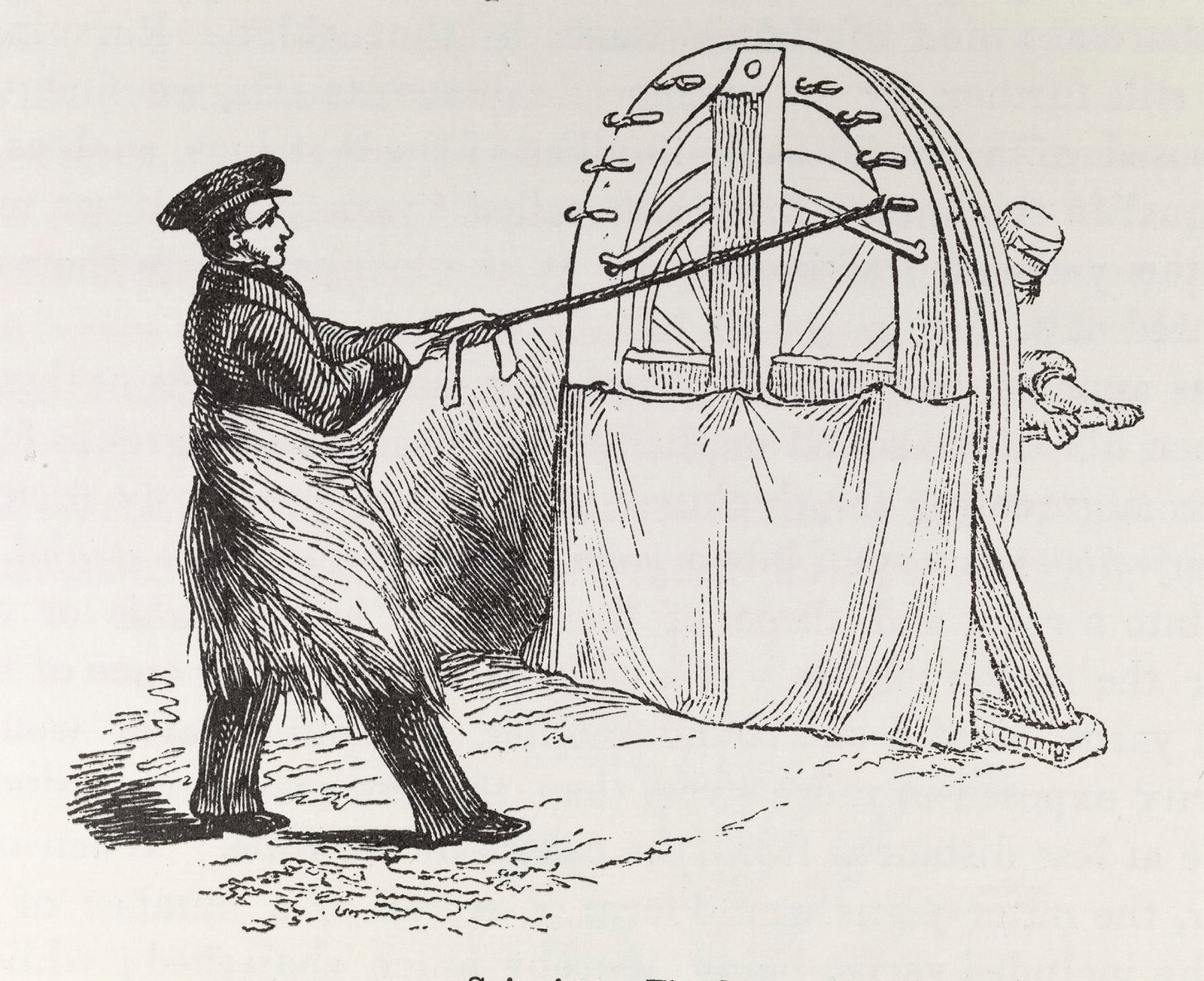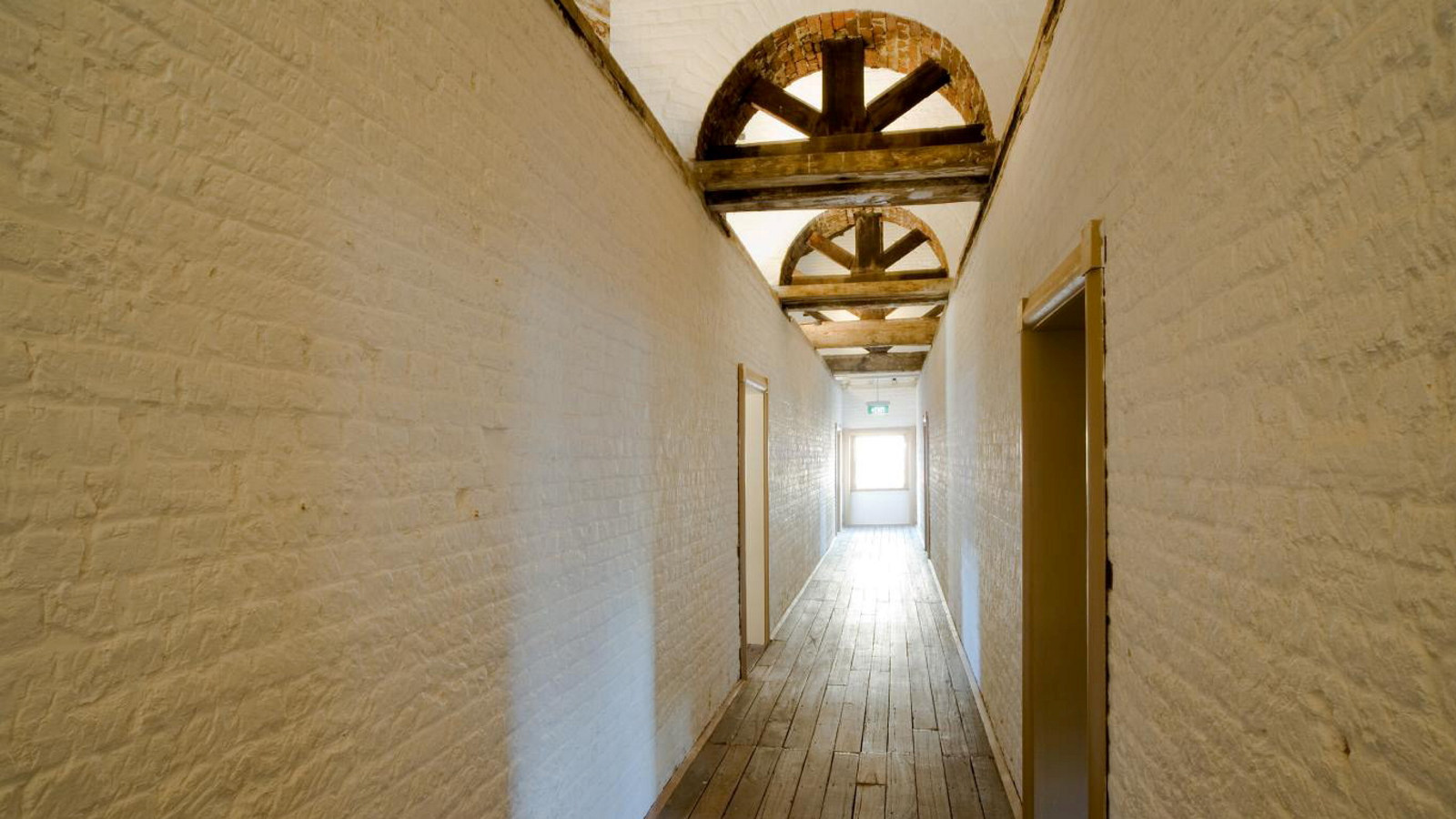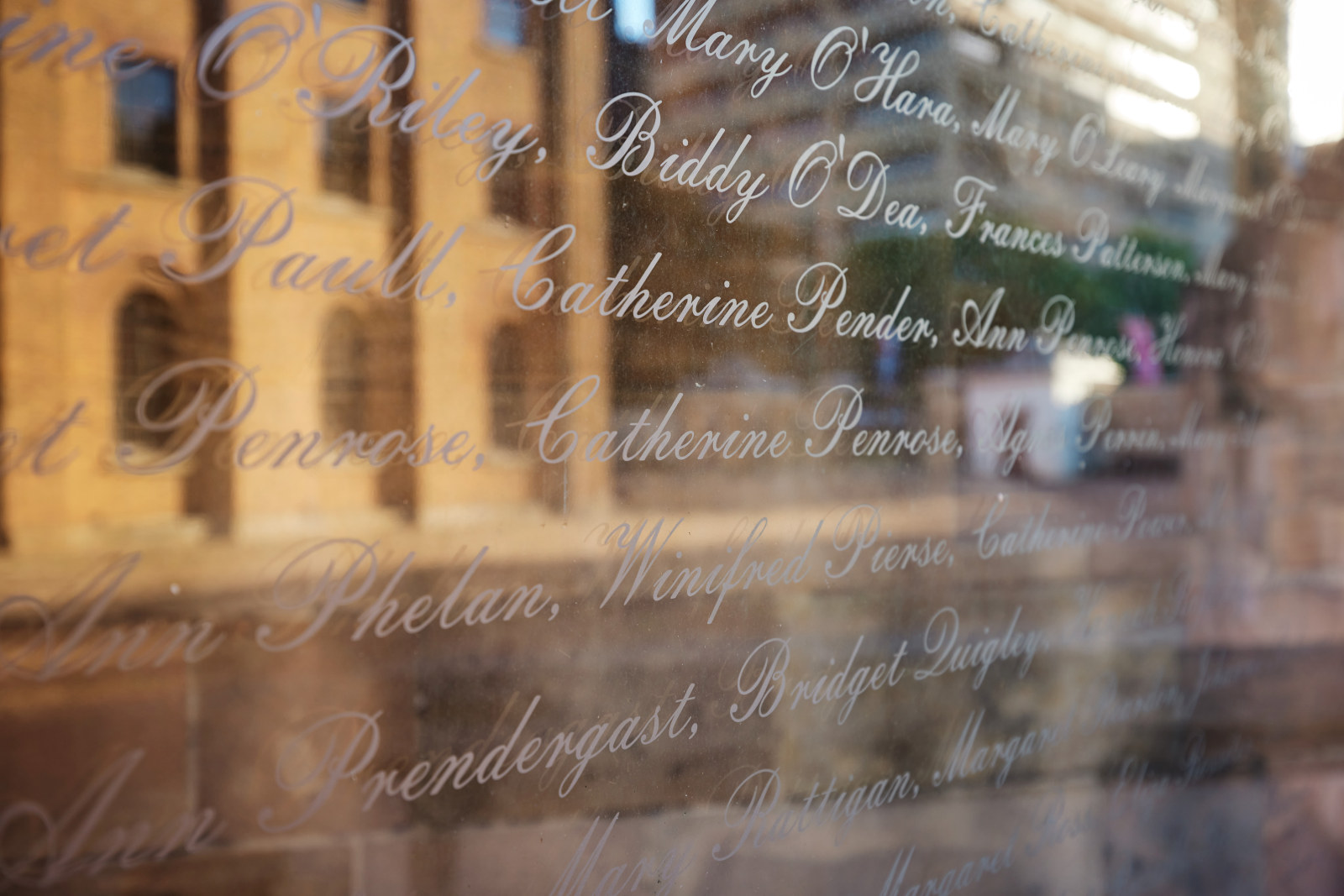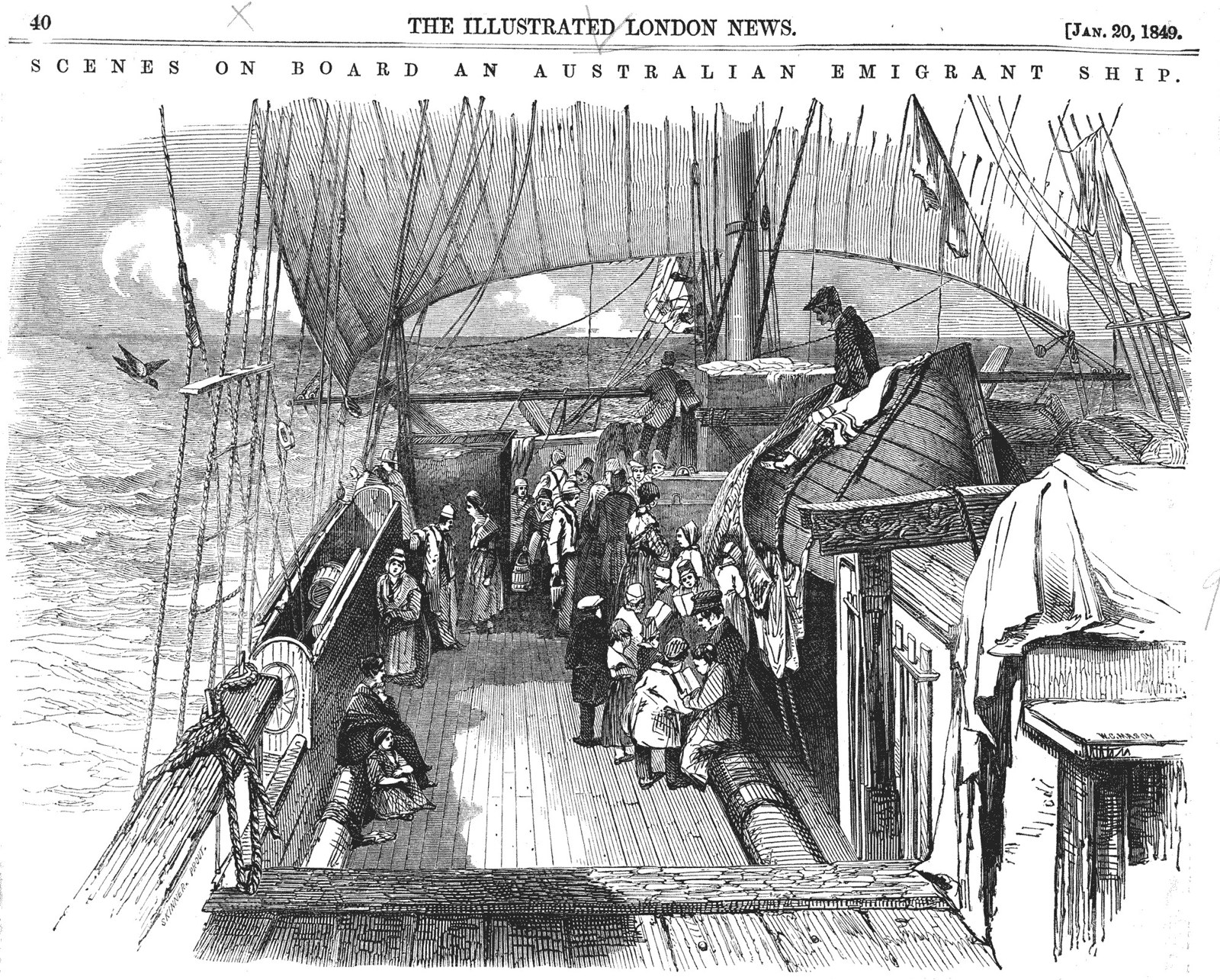Irish female immigration

Enough rope
More than a kilometre of rope suspended the hammocks required to sleep 600 or more convicts in the Hyde Park Barracks dormitories between 1819 and 1848

If these walls could talk: Hyde Park Barracks Museum
One of the most significant convict sites in the world, the UNESCO World Heritage listed Hyde Park Barracks was converted into Sydney’s female Immigration Depot in 1848, temporarily housing an estimated 40,000 women during its 38-year history. The barracks holds evidence of these former occupants in its walls, floors and ceilings

Remembering the Great Irish Famine
The memorial was officially unveiled on 28 August 1999 by Governor-General Sir William Deane

‘Perfect liberty and uproar’
A letter from a schoolmaster on the orphan ship John Knox offers a fascinating insight into life at sea for teenage girls emigrating to Sydney in 1850